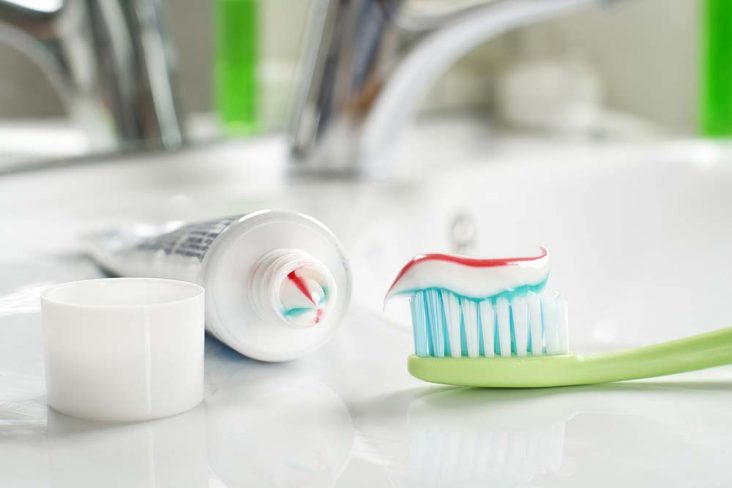Regular exposure to fluoride has been hailed as one of the greatest public health achievements of the last century. Regular intake of fluoride through tap water, toothpaste and the water used in food production is strongly supported by major health organisations, dentists and doctors around the world.
Fluoride has proved to be extremely effective at combating tooth decay and is crucial to ensuring optimum oral health. Thanks to fluoride, tooth decay is generally easily avoided. Here are some interesting facts about the origin of fluoride and the history of its use.
Fluoride Research Has a Long History
Research into the dental health benefits of fluoride go back as early as 1801 in the U.S. After over a century of researching and testing, it was found that adding fluoride to community water sources was a highly effective way of reducing tooth decay. Fluoridation become an official policy of the U.S Public Health Service by 1951.
Australia followed soon after. In New South Wales, the government started adding fluoride to water supplies in 1956, starting with the town of Yass. We have now had 60 years of consuming safely fluoridated community water supplies, which has been shown to reduce the incidence of decay in a population by almost fifty per cent.
Fluoride is Naturally Occurring
Fluoride is a naturally occurring mineral that can be found in salt and fresh water as well as rocks, soil, grains and vegetables. Fluoride is naturally released into the environment through volcanic activity, weathering of rocks and other atmospheric emissions.
Fluoride compounds can be present as gas, travelling long distances before settling on surfaces or dissolving in water. The amount of fluoride naturally present in water depends on the proximity to emission sources, with the content in surface water (like rivers) ranging from 0.01 to 0.3 mg per litres, compared to seawater which has between 1.2 to 1.5 mg per litre.
Areas with a lot of volcanic or geothermal activity can have extremely high concentrations of up to 50 mg per litre. These levels might be found in hot springs or some groundwater. Human activity such as mining and manufacturing processes of natural elements also releases fluoride into the environment.
Fluoride Content in Tap Water is Delicately Balanced
While fluoride exists in all water supplies, including bottled water, it is rarely at an optimal level. Fluoridation of tap water is a public health measure that focuses on ensuring there is a good balance of fluoride to maximise its dental health benefits. Tap water is extensively tested to ensure there isn’t too much or too little fluoride in the supply.
In New South Wales, 1 mg per litre of fluoride is added to the water supply. This is in line with the Natural Health and Medical Research Council recommendations of a range between 0.6 to 1.1 mg per litre. The range exists so fluoride levels can be lowered in warmer parts of the country where more water is consumed. The mineral content of drinking water is constantly monitored and tested daily to ensure it’s at a good level.
Maximising the Benefits of Fluoride with Good Oral Hygiene
Oral health is a very important component of your overall health and well-being. Australians are lucky to have fluoridated tap water alongside other fluoridated products like mouthwash and toothpaste to help reduce the risks of tooth decay. Combined with good oral hygiene habits like brushing twice a day, and taking regular dental visits to the north sydney dentist your teeth should look and feel fantastic
McMahons Point Dental provides excellent general dentistry in North Sydney. Our family dentist, Dr Edwina Toulmin, is an experience and friendly dental specialists in North Sydney who can help you maximise your oral health. Get in touch with her today or book an appointment.

